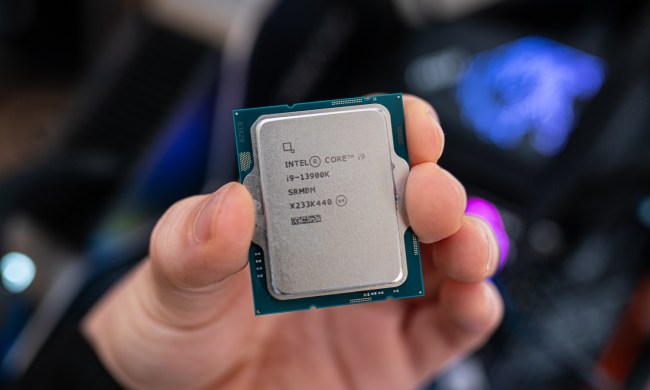When it comes to storing data on laptops, solid-state drives (SSDs) are much faster than conventional hard drives. Unfortunately, because SSDs are an advanced form of storage technology, it can be rather pricey to upgrade the storage on older computer models. However, Intel claims that future SSDs it produces will provide more data into each memory cell.
Intel announced this week that it currently has new technology in the works with future chips packing five-level cells, doubling the overall data quantity in SSDs.
SSDs implement flash memory, a type of chip that absorbs data into tiny memory cells. When Intel first began producing and shipping SSDs, the chip could store data in single bits. Over the last 11 years, Intel has increased its capacity from 2 bits to 3 bits, and now 4 bits, meaning a single cell can hold up to 16 bits of data.
More importantly, these new SSDs would also be cheaper. “Five-level cells would further increase density and reduce the cost beyond quad-level cells,” said Frank Hady, an Intel fellow from the chipmaker’s Non-volatile Memory Solutions Group, according to CNET.

Nevertheless, it is crucial to keep in mind that Intel is not pioneering this new technology. Last month, Toshiba announced it was developing its own five-level cell flash memory technologies, with a high probability that more companies will take action and build its own technology to compete.
With more and more flash memory companies expected to take action and create SSDs with more data density, Intel has yet to announce on whether or not the new technology will be commercialized or how much it will impact the overall cost. It did reveal in a statement, however, that feasibility studies are being conducted.
Either way, within the next few years, there is a strong possibility that it will be extremely cheap for you to upgrade your storage on your PCs or smartphones.
Additionally, flash memory chipmakers have also been expanding the space in its 3D stacking technology, adding dozens of layers into its flash memory cells. This year’s Intel flash memory chips stack up to 96 layers of quad-level cells but expects to grow that number by 144 layers in 2020.



